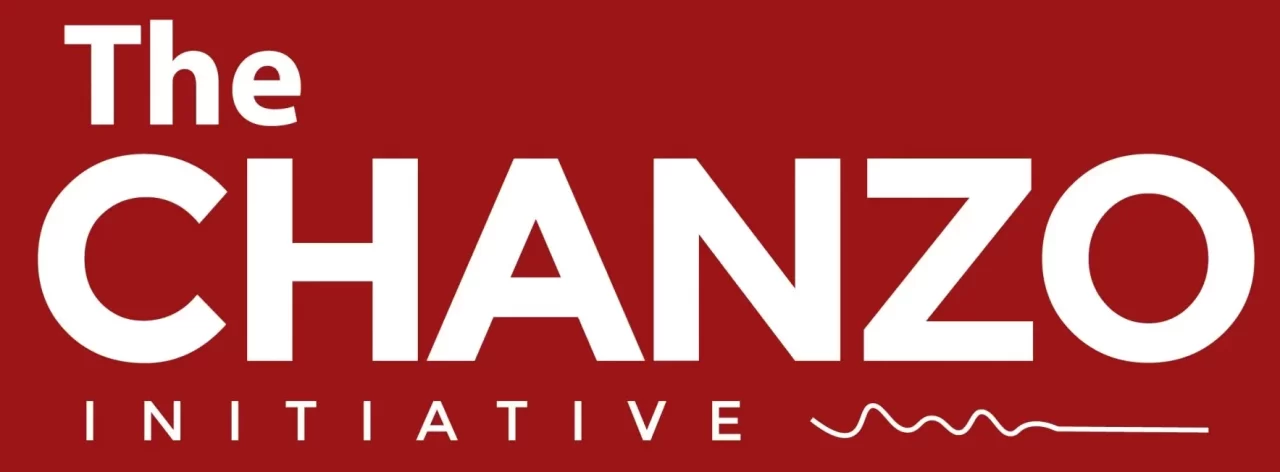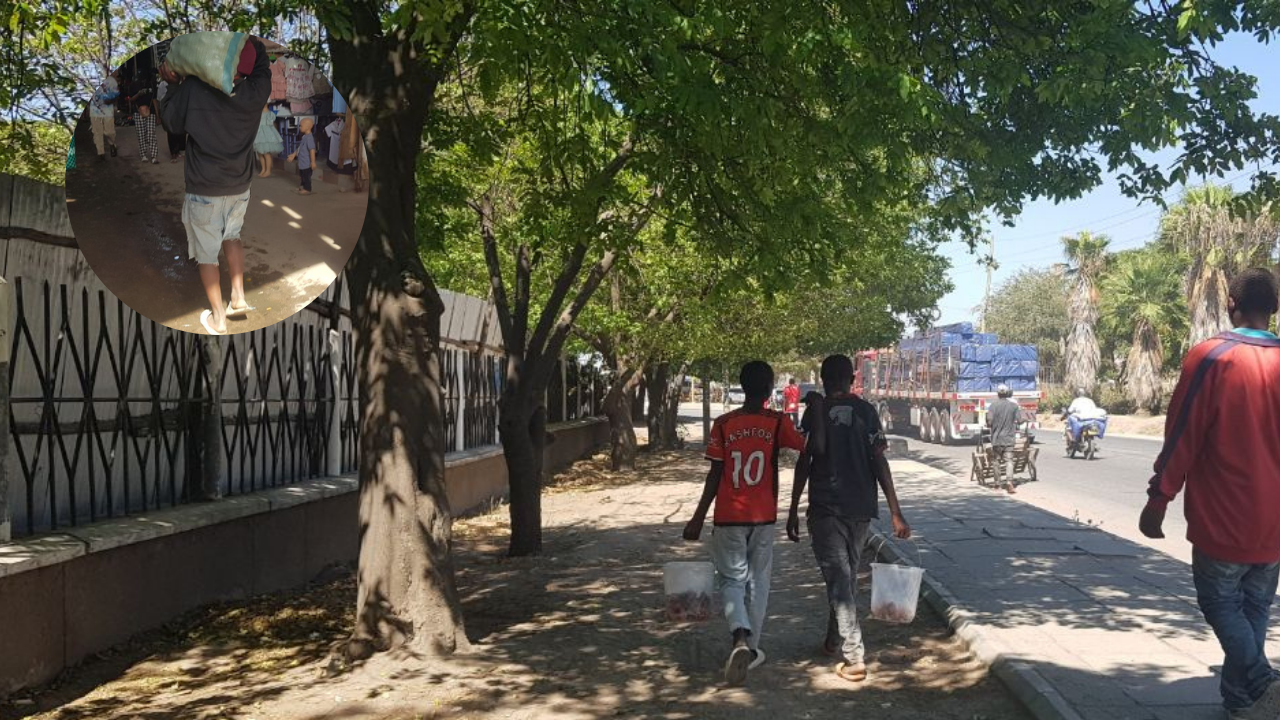The recent budget talks in Dodoma bring to mind the complex relationship between labour and capital. This relationship, as suggested by Karl Marx, a renowned German philosopher and economist, in his widely read and frequently cited book Capital, Volume I, is full of conflicts, with capital often stepping on the toes of labour to maximise profits.
Marx’s idea of workers being taken advantage of seems more accurate today, including in Tanzania, where they might not get a fair share of their hard work in the workplace. With the noticeable increase in capital, it becomes crucial to heed Marx’s advocacy for workers’ rights and equitable wealth distribution.
The growing wave of capital in Tanzania should be a wake-up call to breathe new life into our labour unions.
Prof Kitila Mkumbo, the Minister of Planning and Investment, recently presented the 2024-25 budget proposals in Dodoma. He stressed the government’s commitment to fostering an environment receptive to domestic and international investments, aiming to broaden the scope of economic activities.
Capital investment
From 1996 to 2023, Tanzania established 12,381 projects, drawing a capital investment of US$118 billion and creating nearly two million jobs, Mkumbo revealed. He underlined the employment generation potential of these projects, offering statistics on job creation across various government periods since 1996.
READ MORE: Development From Below? This Is the Story of a Daladala Co-op in Dar es Salaam
Mkumbo spotlighted the recent upswing in investment projects, capital value, and job opportunities. Notably, the number of projects increased from 207 in 2020 to 526 in 2023. Also, the capital value rose substantially from US$1.09 billion to US$5.72 billion, with job opportunities increasing from 17,385 to 137,010 within the same period.
The surge in financial resource availability in the post-COVID-19 pandemic period is in sync with global monetary trends, including consolidating businesses through mergers and acquisitions, accumulating profits by transnational corporations, and expanding international project financing.
The 2022 Tanzania Investment Report by the National Bureau of Statistics (NBS) shows foreign direct investment (FDI) flow was concentrated in mining, quarrying, manufacturing, finance, and insurance, accounting for about 90.8 per cent of the total flows in 2021. Simultaneously, the country has also witnessed a positive trend in job creation.
In the Labour Market Information in Tanzania (2018), another report by the NBS, the unemployment rate has slowly been decreasing, from 10.3 per cent in 2014 to 9.7 per cent in 2018, indicating that the economy has been thriving in absorbing the ever-increasing labour force in the country.
Revitalising unions
However, amidst these positive trends, one critical issue emerges: the need to revitalise labour unions in Tanzania. These unions are workers’ organisations established to secure better working conditions, including provisions regarding wages, working hours, complaint procedures, rules governing hiring, firing and promotion of workers, benefits, workplace safety, and policies.
READ MORE: Can Tanzania Afford a Universal Pension Scheme? Experts Think So
Unions are workers’ exclusive bargaining agents. Workers collectively bargain with employers, negotiating wages and conditions of service, hence the so-called collective bargaining agreements (CBAs). Once signed, CBAs are binding on the rank-and-file members, the employer, and, in some cases, on other non-member workers.
Union density, a measure of the influence and reach of labour unions in the workforce, and collective bargaining coverage are often positively correlated. When more workers are unionised, more are covered by CBAs. However, this relationship is only perfect for some countries.
In some cases, union density rates are higher than their coverage rates because union members may be concentrated in sectors where wages and working conditions are determined through methods other than collective bargaining.
Nevertheless, collective bargaining coverage rates can exceed union density rates due to administrative extensions such as Erga omnes clauses, where the benefits apply to all workers, not just union members, to ensure fairness and equality in the workplace.
The labour union landscape in Tanzania is primarily organised around sectors. According to the Ministry of Labour, Youth, Employment and Persons with Disability website, there are 32 registered labour unions on the mainland of Tanzania.
The leading union confederations are the Trade Union Congress of Tanzania (TUCTA) and the Zanzibar Trade Union Congress (ZATUC), a merger of nine unions in Zanzibar. The 2021-22 Labour Market Profile by the Danish Trade Union Development Agency shows that Tanzania’s general union density is less than two per cent, while it is almost 30 per cent in the formal sector.
Across sub-sectors, central and local government workers have the highest proportion of union members (81 per cent), followed by parastatal organisations (63 per cent). Both have a small share of employment from the total employment.
Informal economy
In contrast, the above report showed that the private sector has fewer union members due to the widespread informal economy. This is undoubtedly among many challenges impacting Tanzania’s union density and collective bargaining coverage in the private sector.
Informal workers often need more formal employment relationships, making it challenging to join unions or benefit from CBAs. Labour unions must mobilise their power resources, including relevant action plans and organising strategies to formalise the informal economy and extend labour protections to informal workers. These are essential for building union power and halting precarity in the world of work.
As new industries and jobs are created with increasing investment, the potential for worker exploitation also rises, manifesting in various forms, such as low wages, long working hours, and unsafe working conditions. An equitable balance between labour and capital is necessary for decent work.
READ MORE: Africa’s Mineral Exploitation Is Yet to Benefit Africans. But Who’s to Blame?
Unions should play their collective response role from the workers to counterbalance this power dynamic. They must develop proactive measures to adapt and mitigate, organise new members, and enhance their impact in changing labour landscapes, including strengthening their bargaining power.
As the labour market diversifies, unions must stay ahead of these trends and adapt their strategies accordingly, including influencing labour policies. They should keep up with the pace of investment and anchor the world of work in employment, social protection, workers’ rights, and meaningful social dialogue.
This will only happen if labour unions accept revisiting their identities, agendas, interests, and democracy.
Solidarity Forever!
Venance Majula is a graduate student at the Berlin School of Economics and Law majoring in the Political Economy of Labour. He can be reached at majulavefama@gmail.com or on X as @venancemajula. The opinions expressed here are the writer’s own and do not necessarily reflect those of The Chanzo. If you are interested in publishing in this space, please contact our editors at editor@thechanzo.com.




